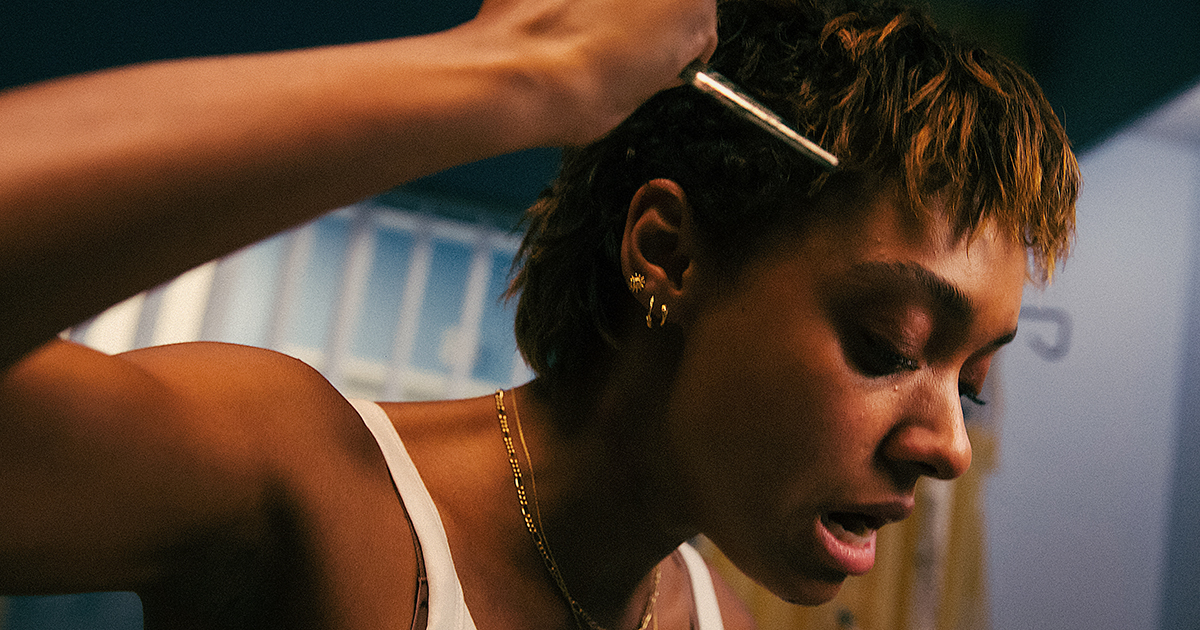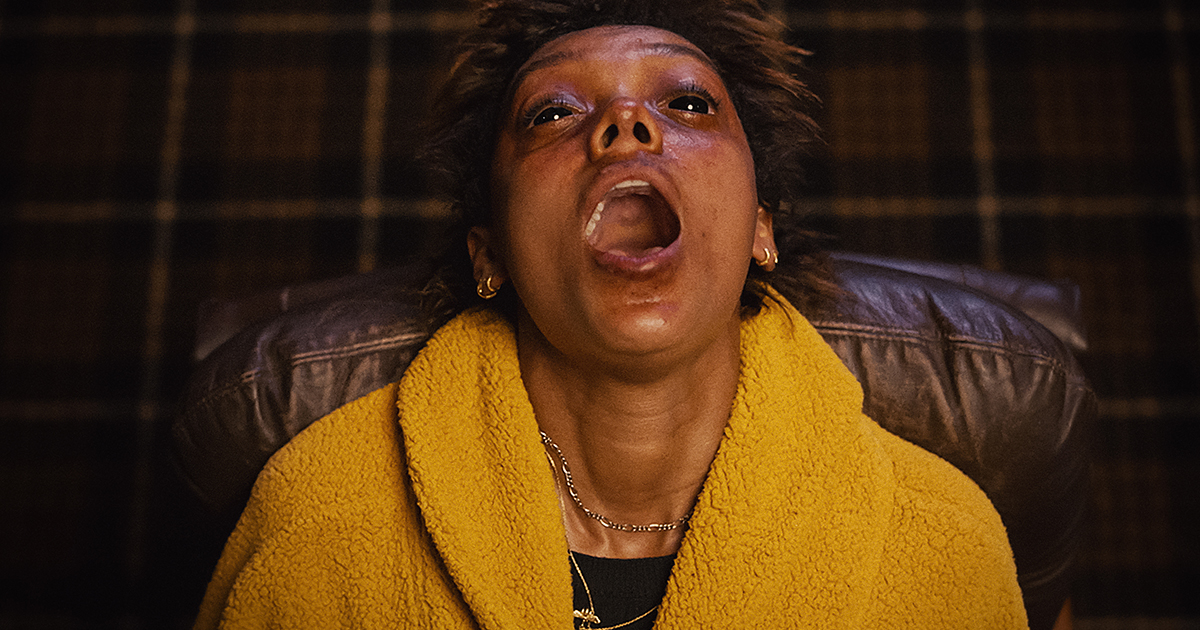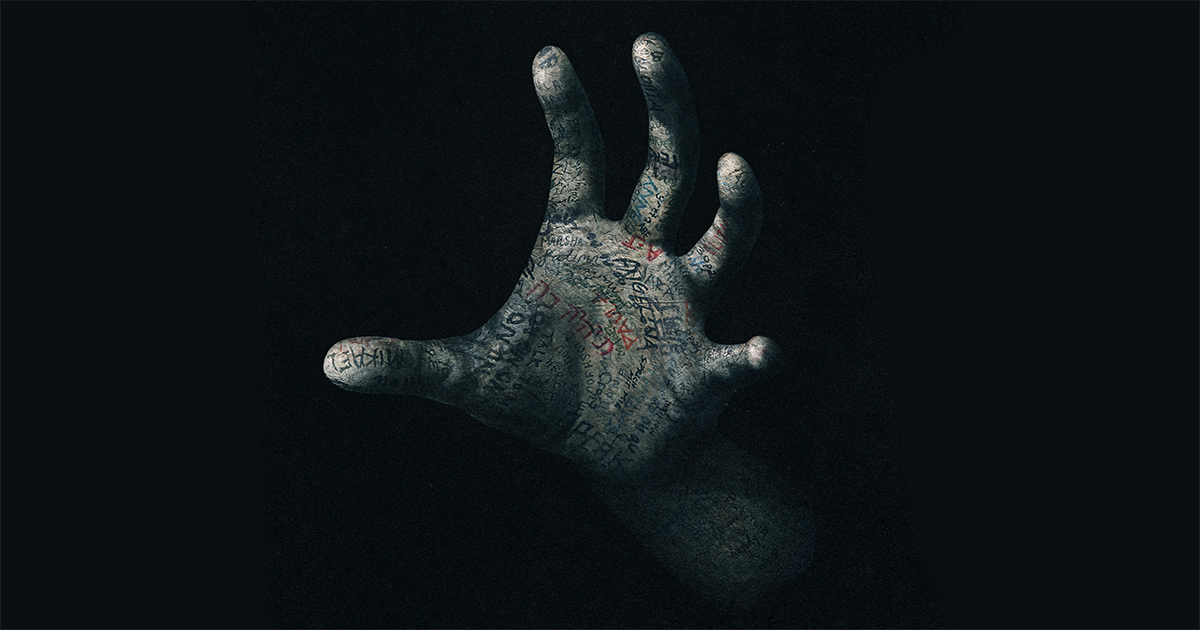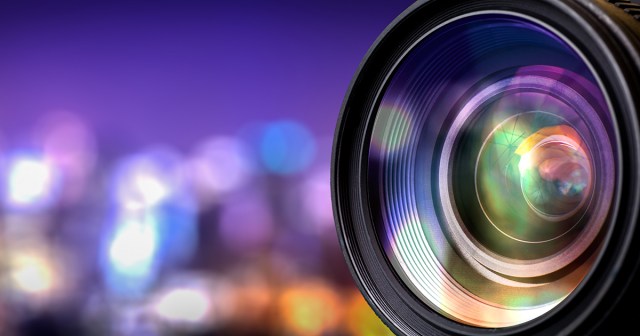
TL;DR
- After years of sensation and spectacle with RackaRacka and around 1.5 billion views, YouTube creators Michael and Danny Philippou made breakout horror film “Talk to Me.”
- They shot the film in 26 shooting days using all the DIY skills they had learned producing spoof movie shorts for streaming.
- They talk about their process as does cinematographer Aaron McLisky who are already working on a sequel and a prequel.
“Our end game was never YouTube,” says Danny Philippou. “We didn’t want to be YouTubers; we always wanted to be filmmakers and to make cinematic experiences that didn’t have to rely on YouTube algorithms.”
Philippou and his twin brother Michael are seriously successful YouTube creators whose channel RackaRacka has racked up 6.6 million subscribers.
Earlier this year they released their debut feature. “Talk to Me,” an Australian independent supernatural scarer made for $4.5m has become A24’s highest grossing horror movie in North America.
“YouTube was just a way to create and get exposure,” adds Danny Philippou. “We really got sucked into the vortex YouTube for years.”
The movie, which has grossed $70m at the box office worldwide, is about a group of friends who discover how to become possessed by spirits with an embalmed hand, creating a thrilling party game.
The main character, Mia, has recently lost her mother, and her grief makes the idea of finding her mom on the other side both compelling and dangerous. But soon, the supernatural forces can’t be controlled any longer.
Directors Danny and Michael had no prior feature film experience, but are self-taught DIY filmmakers behind a series of horror/comedy YouTube shorts that have been seen over a billion times — all completely shot and edited by the duo.
Initially, “Talk to Me,” was scheduled to be an eight-week production but when the first-time feature filmmakers opted for promising young Australian talents over proven stars, the budget shrank and the shoot was reduced to just five weeks.
In one big montage scene, a group of teens take turns clasping a magical embalmed hand, which in turn makes them possessed by the dead. The Philippous wanted to shoot with the quick-cut, laughing gas energy of a drug trip, writes Max Cea who interviewed them for Esquire, but they didn’t have time to get all the shots they wanted.
“We wanted 50 set-ups and the first AD said, ‘It is mathematically impossible to get all these shots,’” says Michael Philippou.
“We were like, ‘We need to shoot this Racka style,’” says his brother.
Picking up the story in The Editing Podcast, Danny Philippou recalls, “As long as we control the set for these two hours, we had two cameras, a boombox playing music and riffing with the actors going through these shots. [It was] a really extreme chaotic energy [with] the camera just flying around.
And in the film’s production notes, he recounts of the same scene, “It was us hiding behind a couch, screaming directions, two cameras flying everywhere. It was so much fun. I feel like the film captures the energy that was behind the scenes, as well.”
It was a sequence that took all of the brothers’ training to pull off —an ease with run-and-gun tactics from their streaming careers, along with the exposure to traditional production that kept them grounded in a more structured environment.
Cinematography
One key to that more conventional structure was working with cinematographer Aaron McLisky. Although McLisky has gone on to shoot action thriller “Poker Face” for director Russell Crowe and seasons of TV drama “Mr. Inbetween,” at the point the brothers got in touch with him he had only made a short film called “Nursery Rhymes.”
“What was fascinating about them is they’re sort of these grassroots self-taught filmmakers in their own right, telling these really ambitious stories,” he tells Cinepod. “They shot everything themselves, they edited everything themselves, and they went to such extremes, that’s obviously what caught the world’s attention.”
He goes on to say that the duo had strong ideas about how they wanted “Talk To Me” to be cinematic: “In some ways, they wanted to prove to the world that they are serious filmmakers. To me, that was quite motivating that they had this intention to move away from YouTube-style content, but we always talked about the influence of RackaRacka on this movie, and when it was appropriate, and when it wasn’t.”
Cinepod recounts that McLisky “kept scenes lit with practical lighting and green fluorescents as much as possible, making Mia seem sickly and possessed. During the possession scenes, Aaron chose to contrast the sequences with unmotivated lighting, and as Mia’s psychological decay progresses, the film subtly becomes darker and more desaturated in the grade.”
Additionally, McLisky knew that it was crucial to “to be sure that the camera work elevated the tone of the horror movie, by showing or withholding information as needed.” For McLisky, “every frame and every camera movement speaks to a world that’s truthful to the characters.”
With Danny Philippou elaborates on the filmmakers’ ambition, “There’s this weird stigma around being a YouTuber that you’ve got from the media. Even when spoke to [“Mad Max” director] George Miller he said, if he had the platform of YouTube when he began he’d be uploading to that, because it’s a way to get seen internationally straightaway. There are talented YouTubers that want to be filmmakers that I think definitely can make that crossover.”
What’s Next?
The Philippou’s credit Causeway Films’ producer Samantha Jennings for helping them find the backing to get their feature made. The film’s runaway success has naturally made them go-to talent for more.
“We’ve been offered so much stuff, we’ve been lucky enough to get into all these rooms,” says Michael Philippou interviewed by Perri Nemiroff at SXSW. “We’re just gonna go put everything on the table and decide.”
A24 has already announced a sequel is in development with the Philippou’s return as co-directors. They have also completed principal photography on a prequel film.
“I think we kind of have a cheat code,” Michael says of working with his twin. “Because there’s so much responsibility, being able to like, share out the load a little bit and also having someone who has the exact same day and the exact same overall vision. It’s like, oh, man, we’re both just crazy together.”
They admit that their outward bravado may not be all it seems.
“In the daytime, I was so confident about it,” says Danny to Esquire, “but at night, all those doubts start to creep in, and you’re like, I don’t know what the fuck I’m doing. I’ve never made a movie before. I can’t believe there’s millions of dollars on the line. I’m just questioning and overthinking it. Then when the day comes, you just have to take the leap.”








